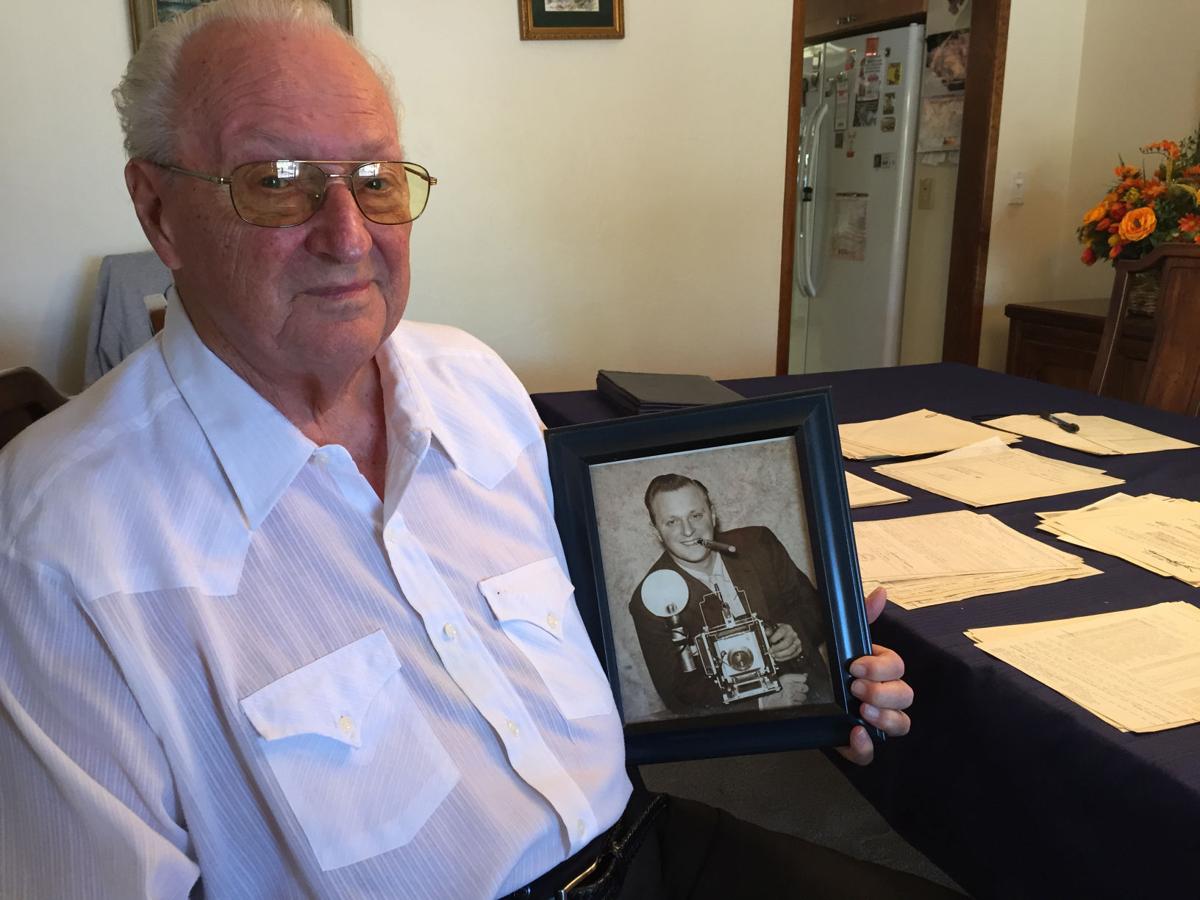One year after the Cuban Missile Crisis, Wayne L. Petter headed to Southern Arizona to work in the nuclear missile silos in Green Valley and Tubac.
Luckily, Petter, an enlisted man in the Air Force, and the two officers with whom he spent shifts of “24 hours in the hole,” never got the call to launch the Titan II missiles at targets in the Soviet Union.
Despite the grueling shifts, Petter, 86, said he came to enjoy his time working in the silos and called the Green Valley site, which now houses a museum, “almost like home.”
“I thought it was a pretty nice little place down there,” he said while sitting next to his fiancee, Joyce Groshans, in his home in the Sabino Canyon area.
Petter got his start in the Air Force in 1948 when he and a friend enlisted after graduating high school in Columbus, Nebraska.
“I found it, liked it, and I stayed there for 22 years,” he said of the Air Force.
Prior to working in the missile silos, Petter developed photographs taken from long-range bombers as they made runs “as far as they could get to Russia without saying anything,” he said.
As soon as the aircraft returned to the base where Petter worked, he and his team rushed to turn the 400 photographs into composites more than six feet wide used to analyze the Soviet military.
After a stint working with B-52H Stratofortress aircraft that flew over the North Pole to the Soviet Union, often returning to Petter’s base in Michigan laden with ice, Petter said he grew tired of the frigid conditions and jumped at the chance to work in missile silos in Arizona.
He spent four years as a ballistic missile analyst technician before switching to work as an engineer aboard C-141 Starlifter flights between Vietnam and Tacoma, Washington, in the late 1960s.
“You might take equipment back that needed help, but most of the time, though, we had people going back who had been shot or at times I even caught one trip back where I had nothing but dead people,” he said.
That was his last job in the Air Force. He retired in 1970 as a master sergeant, but still did about four years of “weekend warrior” work going back and forth to Vietnam.





